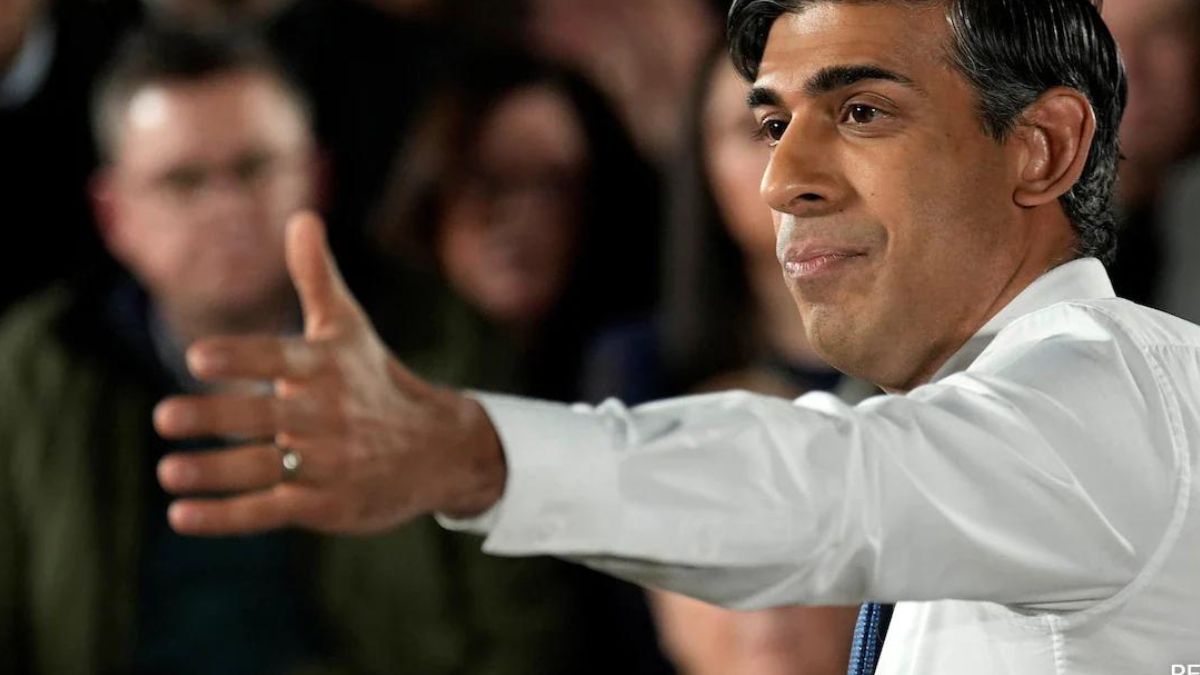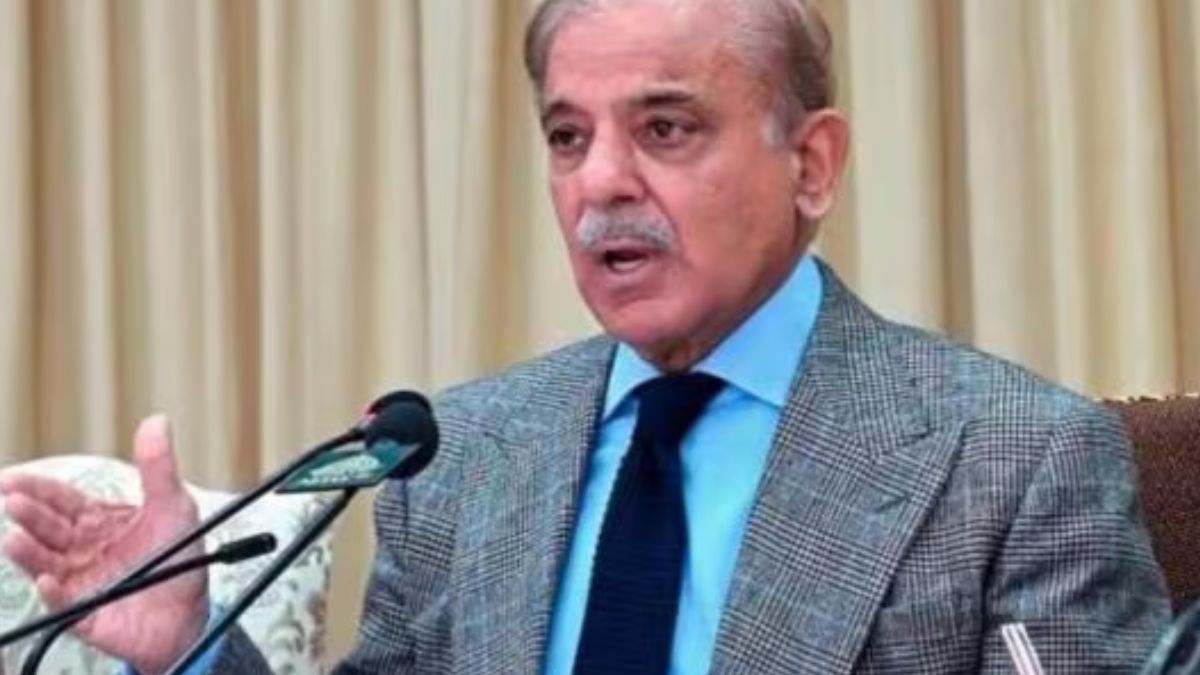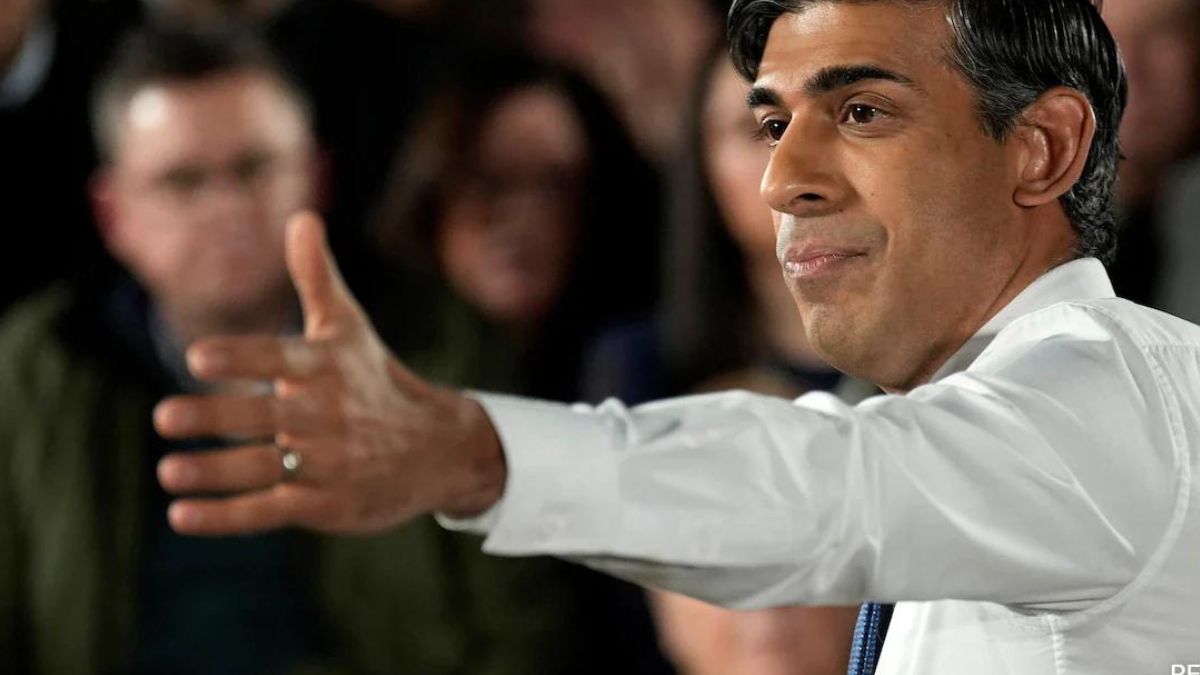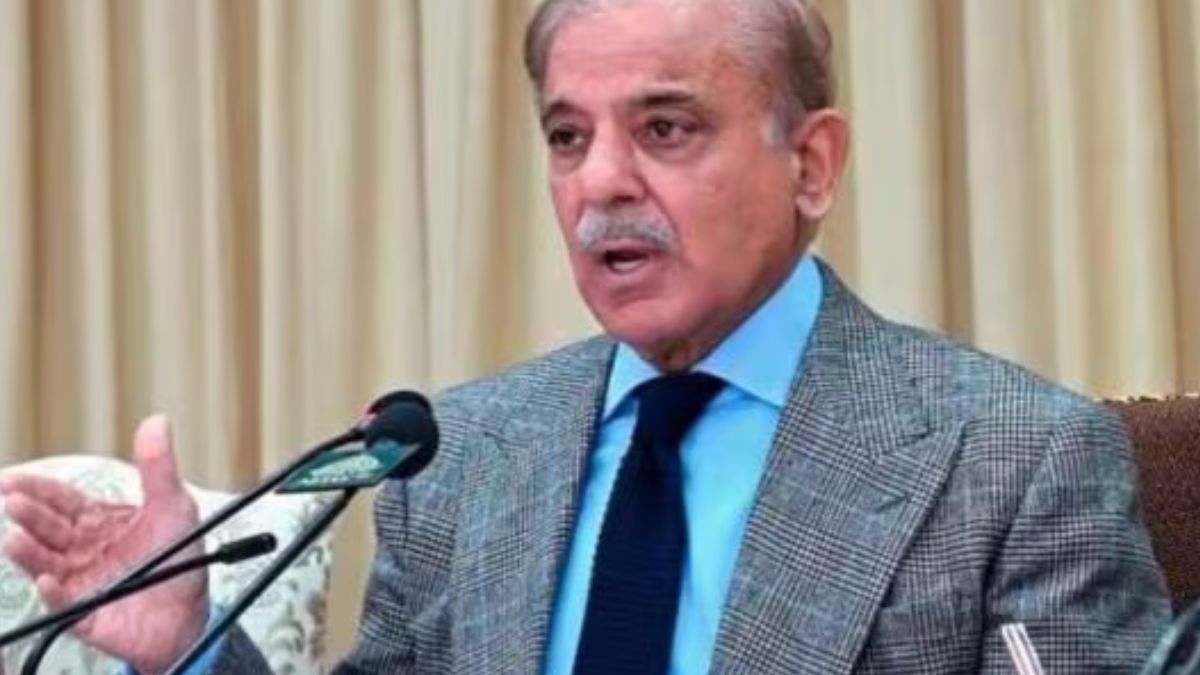With television media and social media speculating over the new portfolio allotments (even before the official announcement), Nirmala Sitharaman’s elevation as the new defence minister in Sunday’s Cabinet reshuffle hardly came as a surprise.
Post the announcement, critics pointed out Sitharaman’s lack of defence experience, not realising that was the case with all her predecessors. As a Minister of State (Commerce & Industry) she had overview of the pathetic state of the government’s defence-industrial sector; after the present government took control in May 2014, the chapter on defence on the official website of Ministry of Commerce and Industry noted that 50 percent of equipment held by the Indian Army is obsolete and the 33 percent provided by the DRDO is sub-standard.
Nothing much has progressed beyond the Make in India, which is in the process of taking off, is still unshackling the red tape. But, at the cutting edge where daily battles are being fought, the soldier is completely neglected — ill-armed and under-equipped, downgraded in pay and allowances, even humiliated indirectly to certain extent. As a seasoned politician watching the geo-strategic environment, Sitharaman would be aware of the threats to our security albeit this would also be part of the briefing to her on assuming the new appointment.
However, what needs to be urgently initiated is to define a National Security Strategy (NSS) and a Comprehensive Defence Review — which none of her predecessors could muster the will to order.
These voids have led to haphazard procurements and disjointed measures of so-called reorganisation. Unless we have the NSS and CDR in place and review them periodically, we will continue to play blind-man’s buff. The recent knee-jerk measures including shutting down 39 Military Farms and redeploying 57,000 personel including 31,000 civilian-defence employees can hardly be classified reforms. Preparing civilian-defence employees for combats would actually cost the government less and improve their functioning.
Performance audit of non-combat organisations under the Ministry of Defence and making organisations like Defence Estates, Defence Accounts, DGQA, Ordnance Factory Board (OFB), DRDO accountable is inherent responsibility of the ministry, and cannot be classified reforms. Similarly, ‘Roll On’ plan for fresh acquisitions to overcome ‘surrendering’ funds at the end of every financial year is misnomer, as it still leaves loopholes.
The requirement is for ‘un-utilised’ defence budget to be carried forward to next financial year. Former defence minster Arun Jaitley had recently said military power is key to a nation’s rise to super power status, but military power cannot be built on ’negative’ defence budgets; the current and previous one being in that category.
The reason why we cannot relate the defence budget to operational requirements is because of the missing NSS and CDR. We also need to look into the process of pre-budget procedure and bring in the Parliamentary Standing Committee on defence in the loop, similar to the US; let the military first present budgetary requirements to the Committee based on present and required operational capability, and let the Committee project to the government, including placing it on record in Parliament.
If in US, the President goes to the Senate for funds, why should we continue to allot defence budget based on the whims and fancies of the finance minister? Ad hoc measures like allotting Rs 20,000 crore to make up part deficiency of ammunition in the face of Doka La standoff, and enhanced financial powers to chiefs, vice chiefs in overall ’negative’ defence budget are fooling oneself.
There is a dire need for the higher defence organisations, including the Ministry of Defence, to be reorganised. All previous defence ministers have shied away from this. The lack of NSS and CDR creates the happy situation of unaccountability but with adverse effects on national security. Currently, middle-level appointments in the ministry are being identified for manning by military officers.
Concurrently, Cabinet has approved creation of seven posts of Principal Directors (PDs) and 36 posts of Director on regular basis of in the AFHQ Civil Service, Ministry of Defence. Unless there is a 50 percent military representation ‘at all levels’ in the ministry, nothing will likely change. The solution is merging HQ Integrated Defence Staff (IDS) with the ministry which was the premise on which latter was raised but stymied by bureaucracy.
The CDS was required years ago, but appears shelved even now. Besides, the CCS note on which HQ IDS was raised reads, “As and when the CDS is established, he will have equal voting rights as the Service Chiefs, and if two Service Chiefs disagree, MoD will arbitrate”, implying the CDS can hardly speak as one voice to the government. The CDS is required more to ensure military synergy and oversee the much needs Revolution in Military Affairs (horizontally and vertically) under directions of the political authority.
The governmental military-industrial complex continues to be in a mess despite joint secretaries of the ministry on boards of DRDO-OF-DPSUs. We have not learned from countries like the US, Japan, UK, Germany and others that the key for such development lies in the private industry. The DRDO should be charged with and concentrate on R&D for future technologies, not production.
The recent sackings in OFB will alter the output little. The ordnance factories need to be privatised, even in the face of worker protests that are accustomed to easy time. Successive CAG reports are evidence enough that where major surgery is needed, few strands of band aid amounts to adopting the ostrich approach. The Western Theatre Command of China is responsible for China’s borders with Myanmar, India, Bhutan, Nepal, Pakistan-occupied-Kashmir and Afghanistan. In sharp contrast, India’s international borders are manned by a variety of forces, not under one command. While placing all international borders under the army may be anathema, at least all these borders should by under the MoD, as is the case of the Indian Coast Guard. The advantage of this needs no elaboration where hybrid warfare is the flavor, we have a volatile neighborhood and borders are being exploited by the anti-India China-Pakistan combine.
Unlike, her predecessors who chose to remain mum, defence minister Nirmala Sitharaman should exert her authority for officially being charged with the defence of India, instead of the Defence Secretary under existing Government of India AOB AND TOB Rules 1961, which must be amended. Participation of the Service Chief in the CCS and selected military officers in NSCS, NSAB, SPD, MoD too are need of the hour. As part of RMA, due emphasis is also required in cyber, space, and electronic warfare. The military needs to be integrated into such programs at the national level, if not in the vanguard like the US and China.
If the new defence minister can address and resolve these issues, she will make a mark for herself that none of her predecessors ever did.
The author is a retired lieutenant-general of the Indian Army


)




)
)
)
)
)
)
)
)